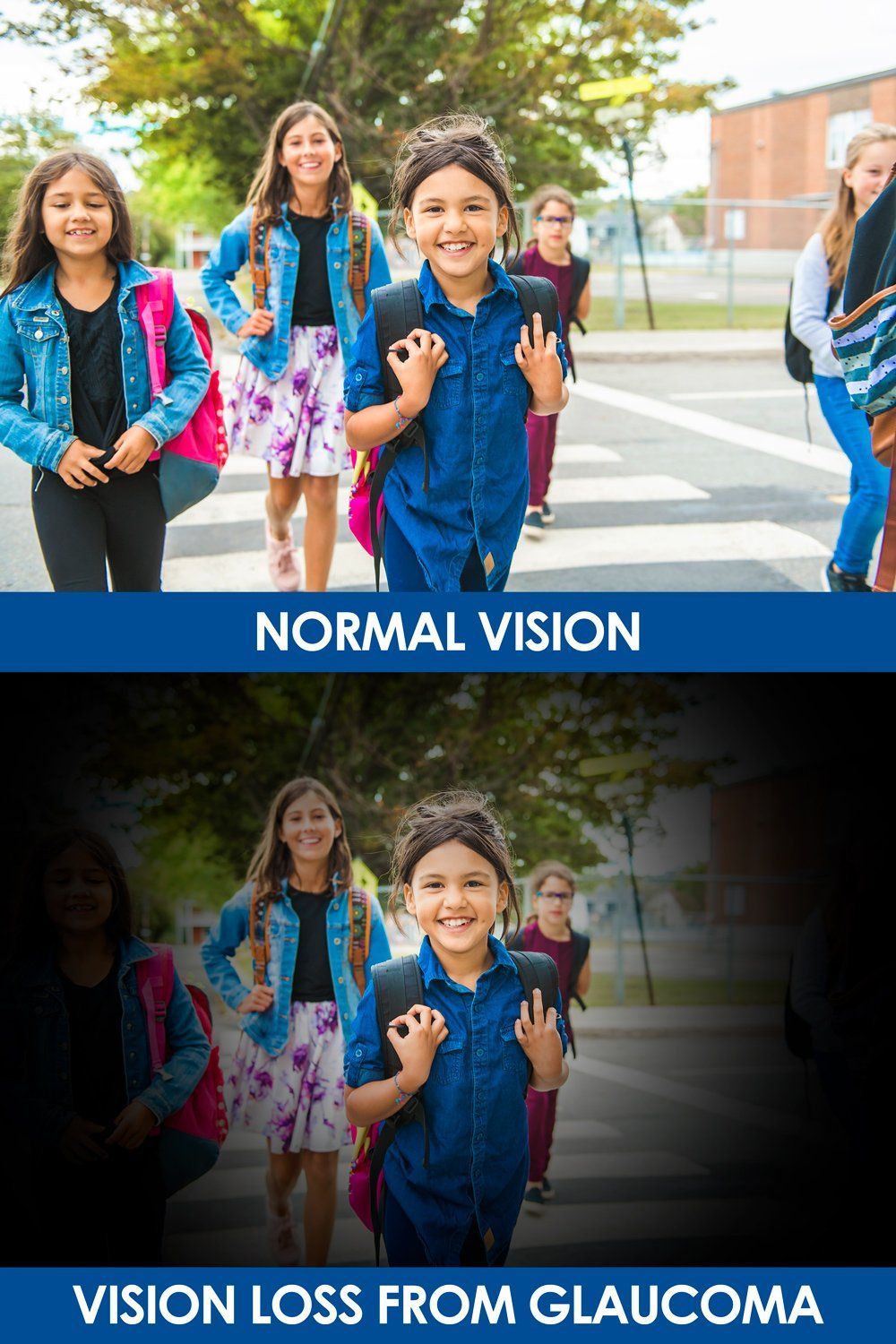Glaucoma Informaton & Treatment
What Is Glaucoma?
When extra fluid builds up in your eye, it can damage your optic nerve. This condition is known as glaucoma. The American Academy of Ophthalmology states that glaucoma is the leading cause of blindness for people over the age of 60. Vision loss from this disorder is typically gradual, and you may not even notice symptoms of early-onset glaucoma. Vision loss can be prevented with early diagnosis and treatment.
Closed Angle Glaucoma
When a person’s iris is too close to the drainage mechanism or ‘angle’ of the eye, the iris can sometimes block that drainage angle, causing an increase in eye pressure. Doctors consider this an eye emergency. Call your ophthalmologist immediately if you have sudden blurry vision, eye pain, nausea, or headache. Proper treatment could prevent vision loss so you must treat this condition with urgency. Treatment requires a laser iridotomy, which is an in office procedure to help prevent angle closure.
Open Angle Glaucoma
This is the most common type of glaucoma. It happens gradually, where the eye does not drain fluid as well as it should (like a clogged drain). As a result, eye pressure builds and starts to damage the optic nerve. This type of glaucoma is painless and causes no vision changes at first. If left untreated, optic nerve damage can cause irreversible vision loss. Open Angle Glaucoma can be treated with eye drops or a laser treatment performed in the office. It can also be treated with an iStent and/or laser during cataract surgery.
How Do You Treat Glaucoma?
The first step to treating glaucoma is eye drops. There are several different kinds of drops used.
- Prostaglandins relax the muscles in the eye's interior structure to allow better outflow of fluids, therefore reducing the buildup of intraocular pressure
- Beta Blockers work to reduce aqueous fluid production in the eye
- Alpha-adrenergic Agonists work to decrease aqueous fluid production
- Carbonic Anhydrase Inhibitors decrease aqueous fluid production and are often used in combination with other anti-glaucoma drugs
- Parasympathomimetics cause the pupils to constrict to allow aqueous fluid to drain from the eye in angle-closure glaucoma
- Epinephrine works simultaneously to decrease the production of aqueous fluid and to increase the outflow of fluid from the eye
- Doctors use Hyperosmotic Agents to immediately reduce intraocular pressure in one-time-use emergency situations
- Combination glaucoma drugs include two different anti-glaucoma medicines in the same bottle
- Depending on the stage of the disorder, the type, and your vision loss, the ophthalmologists at Crew & Boss Eye Associates will choose the best eye drop to treat your needs.
Click here for more information about eye drops.
If eye drops do not work for treatment, then laser eye surgery is the alternative. In this case, eye surgeons would use laser trabeculoplasty to treat open-angle glaucoma. During the outpatient procedure, the patient receives a numbing eye drop, then the surgeon uses a laser beam to open the clogged drainage canals. Follow up appointments are necessary to continue to monitor eye pressure and any changes to the optic nerve.
Browse Our Website
Contact Information
Toll Free: 800-284-3815
Business Hours
Big Rapids
- Mon - Fri
- -
- Sat - Sun
- Closed
Howard City
- Mon - Thu
- - -
- Fri - Sun
- Closed






